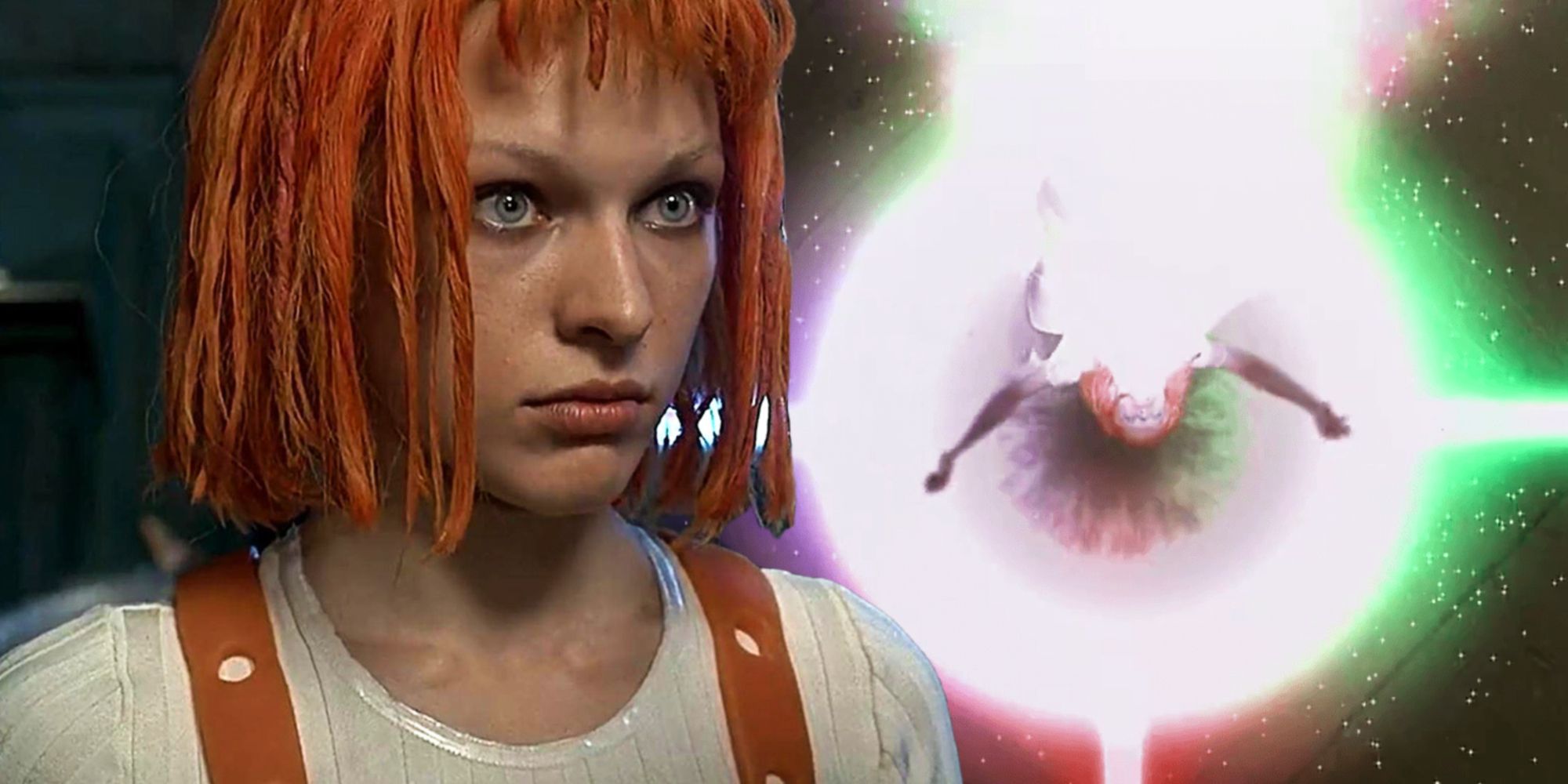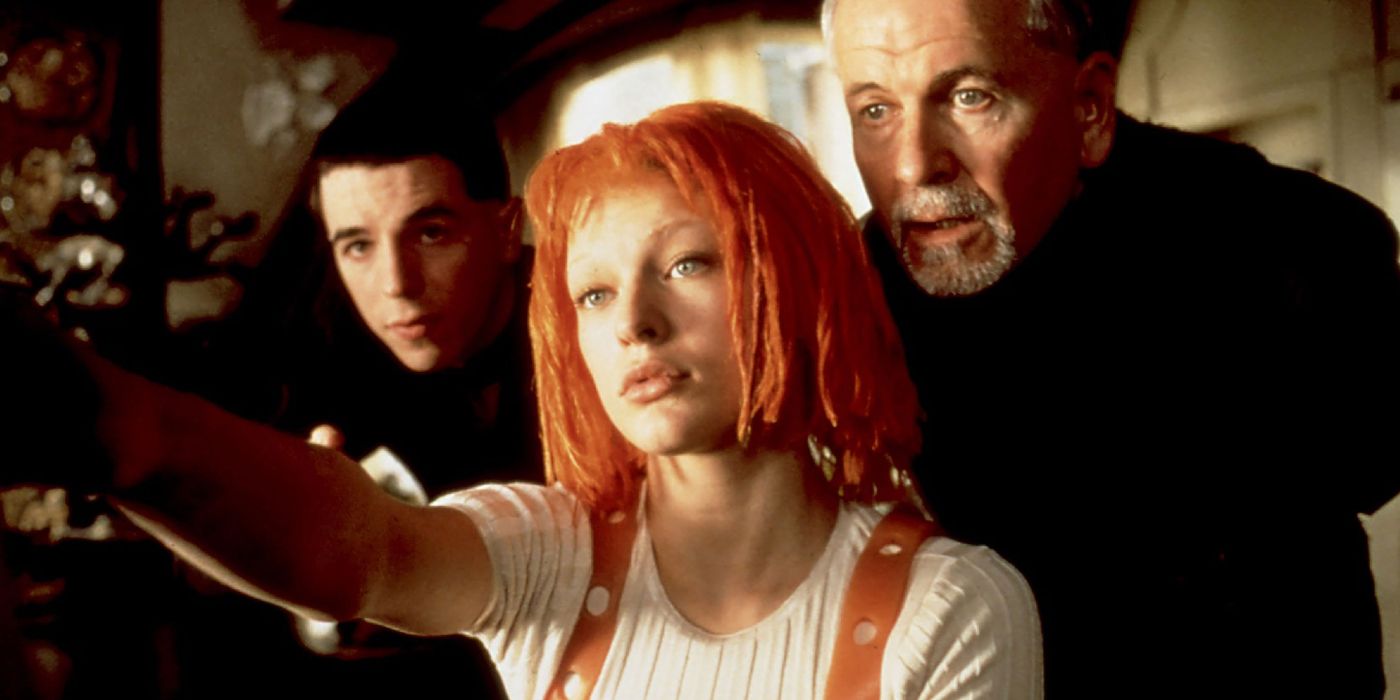Why The Fifth Element Is The '90s Most Underrated Sci-fi Movie

Luc Besson’s The Fifth Element opened in theatres in 1997 to mixed reviews, as the somewhat bizarre sci-fi extravaganza divided audiences and critics at the time. However, science fiction enthusiasts found themselves returning to the film over time, elevating its legacy to cult classic status. Apart from sporting radical elements of soap opera and opulent futuristic costumes verging on the absurd, The Fifth Element is best known for its aesthetically dazzling sequences that chronicle a melange of cinematic genres.
Besson pioneered the stylish cinéma du look of France’s 1980s while harboring a penchant for using grand visual imagery to present often-facile storylines. However, this does not appear to be the case with The Fifth Element, as the narrative mimics an epic quest to save the fate of humanity amid the gradual approach of great evil and the machinations of Jean-Baptiste Emanuel Zorg (Gary Oldman) to further his plans. Amidst terrible odds, Dallas Korben (Bruce Willis) finds himself embroiled in a quest to unite the four classical elements with a fifth - Leeloo (Milla Jovovich), a humanoid woman who has been prophesied to serve as a weapon against great evil.
Right from the first frame, every character is introduced with a certain sense of exaggeration, which blends well with the outlandish visuals and eccentric stylistic quirks. At the center of this spectacle is Korben, a former major in the special forces, who is shown to exude stereotypical tropes of masculinity in stark conjunction with the other male characters in the film. It is interesting to note that professors Brian Ott and Eric Aoki considered gender to be one of the central themes in their feminist analysis of the film, wherein they opine that the film’s female characters mostly assume a passive stance. While this is true to a certain extent, it is also important to note that Willis’ hypermasculine character, Korben, is shown to weep after a moving opera performance, which is a rare subversion of the renegade male hero trope. This particular scene grinds The Fifth Element’s relentless action sequences to a halt, while placing Korben at the edge of genuine emotional receptivity, which ultimately drives him towards guileless open-heartedness towards the end.

Via this narrative decision, Besson sought to demonstrate that it is art, as opposed to violence or tragedy, that holds power to truly move people and stir meaningful empathy for the world around them. Moreover, despite featuring ambitious fight sequences, such as the airborne taxi sequence in which Leeloo first encounters Korben, The Fifth Element chooses to craft its final climactic moments around a simple, yet profound declaration of love. At this pivotal juncture, Leeloo is dissuaded by the meaningless violence perpetrated by humanity for eons, making her doubt whether the human race is worth saving after all. However, when all hope seems to be lost, Korben kisses her in a profession of love.
After all, it is love that functions as the fifth element, convincing Leeloo to combine all elements and defeat the great evil once and for all. While this comes off as a rather simplistic notion for a sci-fi storyline, Besson manages to imbue panache and depth to the narrative with the aid of pioneering visuals and operatic storytelling. Apart from these captivating aspects, The Fifth Element also holds up a mirror to the devastation and havoc wrecked by humanity upon the earth, offering a critique of capitalist consumerism and an over-reliance on technology. Hence, underrated or not, Luc Besson’s space opera undoubtedly makes for an exciting, labyrinthine cinematic experience.
from ScreenRant - Feed


